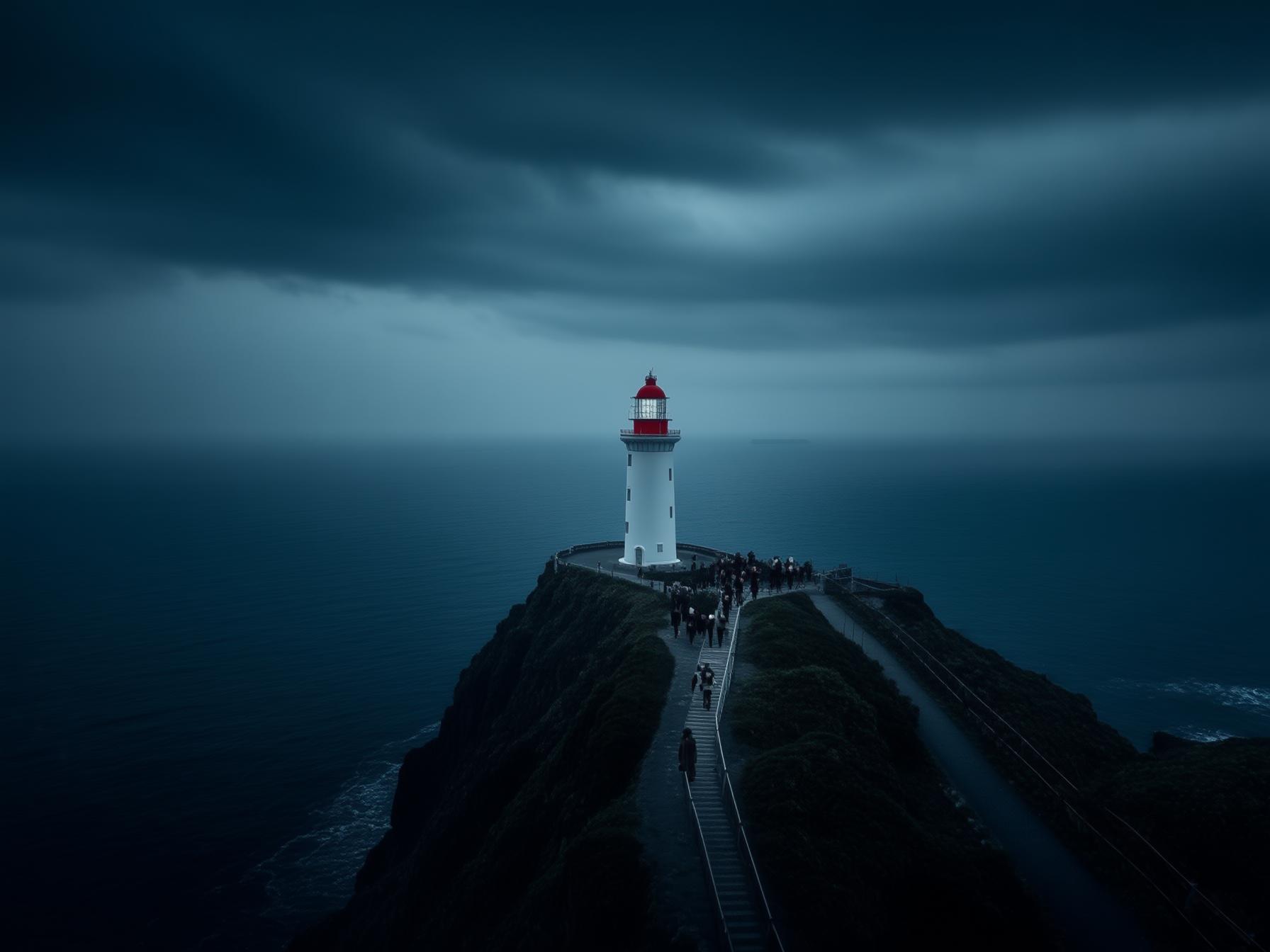Holiday in Wakkanai
Explore Wakkanai, Japan with an AI Travel Agent! Day 1 offers iconic spots like Cape Soya, the northernmost point, and cheap eats at Wakkanai Fish Market. Enjoy breathtaking views at Wakkanai Park and relax at the Onsen Hot Springs. Day 2 is a nature lover's dream on Rishiri Island with Mount Rishiri and Lake Rebun. Day 3 dives into local culture with stops at the Bakkai Rock Formation, Northern Breakwater Dome, and Wakkanai City Museum. Say farewell with exquisite local cuisine. Perfect for frequent travelers seeking cheap flights and hotels through Trip Planner Apps with activities and things to do in Wakkanai, Japan.
Day 1
Begin your journey in Wakkanai by discovering some of its most iconic sites. From breathtaking landscapes to relaxing hot springs, Day 1 offers a mix of sightseeing and serenity.
Morning
- Begin your adventure at Cape Soya, the northernmost point of Japan. This iconic spot is a must-visit for anyone traveling to Wakkanai.
- After soaking up the unique atmosphere, make your way to Wakkanai Park. Enjoy breathtaking views of the Sea of Japan as you explore the lush surroundings.
Afternoon
- Savor a fresh seafood lunch at the Wakkanai Fish Market. It's the perfect spot for travelers seeking cheap eats without skimping on quality.
Evening
- End the day with a relaxing soak at Wakkanai Onsen Hot Springs, where you can unwind and reflect on your day’s adventures.
Day 2
On your second day, immerse yourself in the natural beauty of Rishiri Island. This day promises adventure and stunning scenery, perfect for nature lovers and avid hikers.
Morning
- Take a morning ferry to Rishiri Island, a paradise for nature enthusiasts and hikers.
Afternoon
- Choose between climbing Mount Rishiri for panoramic views or exploring the serene Lake Rebun.
Evening
- After a full day of exploration, return to Wakkanai in the evening.
Day 3
On Day 3, immerse yourself in the cultural wonders and local delights of Wakkanai. This day is all about exploring natural landmarks and diving into the rich history of the region, capped off with a taste of local cuisine.
Morning
- Begin your day at the Bakkai Rock Formation and marvel at this natural wonder.
- Head to the Northern Breakwater Dome, a unique architectural landmark in Wakkanai.
Afternoon
- Wander through the Wakkanai City Museum to immerse yourself in local history and culture.
Evening
- End your journey at a downtown restaurant with exquisite local cuisine. A perfect way to say farewell to Wakkanai.
Frequently Asked Questions
The best time to visit Wakkanai is during the summer months from June to August when the weather is mild and pleasant. This period is ideal for outdoor activities and exploring the natural landscapes. For those who wish to experience the snowy scenery, visiting in winter, from December to February, is recommended, though it can be extremely cold.
Yes, Wakkanai is considered safe for tourists. It is a small, peaceful city in Japan with low crime rates, making it a secure destination. As with any travel, it is always advisable to stay aware of your surroundings and take usual precautions such as safeguarding your belongings.
Whether you need a travel visa to visit Wakkanai depends on your nationality and the entry requirements of Japan. Many countries have visa waiver agreements with Japan, allowing short-term stays for tourism without a visa. It is recommended to check with your local Japanese embassy or consulate for the most accurate and up-to-date information regarding travel visa requirements.
Getting around in Wakkanai is convenient with several options available:
Local buses: Wakkanai has a network of local buses that connect major tourist attractions, train stations, and the airport.
Taxis: Taxis are available and can be a quicker, more direct mode of transport.
Rental cars: Renting a car is a popular choice for exploring the area at your own pace, especially for visiting remote locations.
Bicycles: Some areas have rental bicycle services, allowing visitors to explore the town leisurely.
Walking: For shorter distances, walking is an excellent option within town as many attractions are close by.
What to pack for travel to Wakkanai depends on the season, as it experiences cold winters and mild summers. Consider the following:
- Winter (December to March):
- Warm clothing such as insulated jackets, thermal layers, and thick socks.
- Gloves, hats, and scarves for added protection.
- Waterproof boots with good traction for snowy conditions.
- Summer (June to August):
- Light, breathable clothing for daytime exploration.
- A light jacket or sweater for cooler evenings.
- Additional Essentials:
- Comfortable walking shoes for sightseeing.
- Rain gear such as a small travel umbrella or a raincoat.
- Any personal toiletries and medications needed during your stay.
- A small backpack for day trips and excursions.
The cost of a 3-day trip to Wakkanai will depend on various factors such as your travel style, accommodation choices, and activities. On average:
- Accommodation: Budget hotels or guesthouses may cost around $50–$100 per night, while mid-range hotels can range from $100–$200 per night.
- Meals: Expect to spend around $10–$20 per meal for casual dining, with higher costs for specialty or upscale restaurants.
- Transportation: Local transportation, such as buses or taxis, could add $30–$50 over three days, depending on usage. If renting a car, expect $50–$100 per day plus fuel.
- Activities: Admission to attractions and sightseeing may cost $50–$100 in total, depending on your itinerary.
In total, a 3-day trip could range from $300–$800 per person for a modest to comfortable experience, excluding airfare or major unexpected expenses.
.png)



